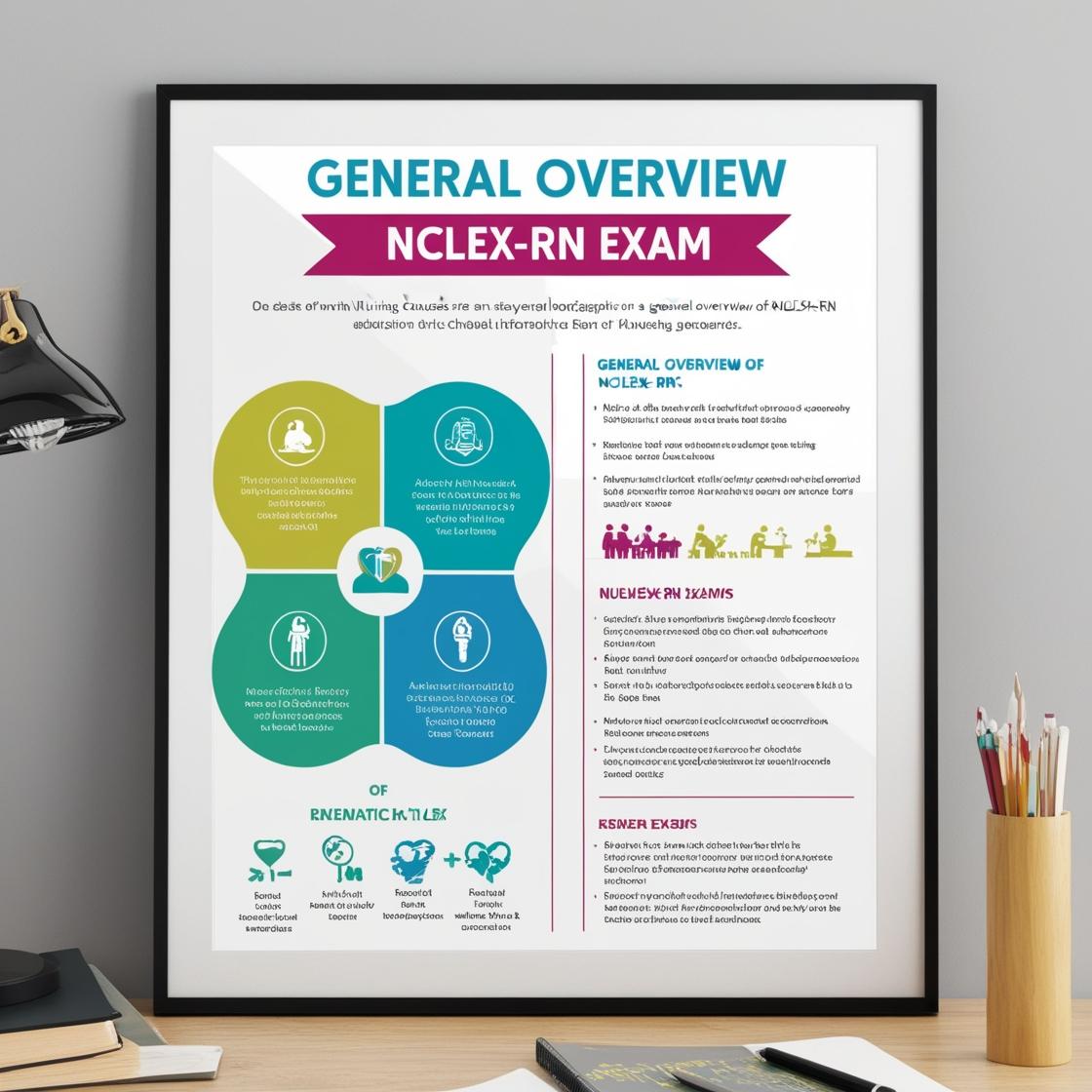NCLEX NCLEX-RN
NCLEX RN Exam Preview Answers
1. After receiving change-of-shift report, which patient should the nurse assess first?
- A. A patient with pneumonia who has crackles in the right lung base
- B. A patient with possible lung cancer who has just returned after bronchoscopy
- C. A patient with hemoptysis and a 16-mm induration with tuberculin skin testing
- D. A patient with chronic obstructive pulmonary disease (COPD) and pulmonary function testing (PFT) that indicates low forced vital capacity
Correct answer: B
Rationale: The correct answer is the patient with possible lung cancer who has just returned after bronchoscopy. After bronchoscopy, the patient may have decreased cough and gag reflexes, necessitating immediate assessment for airway patency to prevent potential complications. The other patients do not exhibit urgent clinical manifestations or have undergone recent procedures that require immediate attention. Therefore, they can be assessed after ensuring the safety and stability of the patient who has just returned after bronchoscopy.
2. Which action is appropriate for the nurse to delegate to unlicensed assistive personnel (UAP)?
- A. Listen to a patient's lung sounds for wheezes or rhonchi.
- B. Label specimens obtained during percutaneous lung biopsy.
- C. Instruct a patient about how to use home spirometry testing.
- D. Measure induration at the site of a patient's intradermal skin test.
Correct answer: B
Rationale: Labeling specimens obtained during a percutaneous lung biopsy is a task that can be appropriately delegated to unlicensed assistive personnel (UAP) as it does not require nursing judgment. UAP can perform this task safely under the supervision of a nurse. Listening to a patient's lung sounds for wheezes or rhonchi, instructing a patient about how to use home spirometry testing, and measuring induration at the site of a patient's intradermal skin test all require nursing judgment and interpretation of findings. These tasks should be performed by licensed nursing personnel to ensure accurate assessment and appropriate intervention.
3. During a seminar on cultural aspects of nursing, the nurse recognizes that the definition stating, "the specific and distinct knowledge, beliefs, customs, and skills acquired by members of a society,"? reflects which term?
- A. Norms
- B. Culture
- C. Ethnicity
- D. Assimilation
Correct answer: B
Rationale: The term that best fits the provided definition, which includes knowledge, beliefs, customs, and skills acquired by members of a society, is 'Culture.' Culture is a broad concept encompassing various aspects of a society's way of life. Norms refer to typical behaviors or rules within a society. Ethnicity pertains to shared traits among a social group, such as origin, religion, language, and traditions. Assimilation involves adopting the dominant culture's characteristics, often through integration or conformity.
4. The nurse is discussing the term subculture with a student nurse. Which statement by the nurse would best describe subculture?
- A. "Fitting as many people as possible into the majority culture."?
- B. "Identifying small groups of people who do not want to be identified with the larger culture."?
- C. "Singling out groups of people who suffer differential and unequal treatment as a result of cultural variations."?
- D. "Recognizing groups of people within a culture with shared characteristics that are not common to all members of the culture."?
Correct answer: D
Rationale: A subculture refers to a group of people within a larger culture who share distinct beliefs, values, or attitudes that are not universal among all members of the larger culture. Subcultures can emerge based on factors such as ethnicity, religion, education, occupation, age, and gender. The correct answer describes the concept of a subculture accurately. Choices A, B, and C are incorrect because they do not capture the essence of a subculture. Fitting people into the majority culture, identifying small groups who distance themselves from the larger culture, or singling out individuals facing differential treatment do not define subculture. Subcultures represent specific groups with shared characteristics that differentiate them from the broader cultural norms.
5. When reviewing the demographics of ethnic groups in the United States, which group does the nurse recall as the largest and fastest-growing population?
- A. Asian
- B. Hispanic
- C. American Indian
- D. African American/Black
Correct answer: B
Rationale: The correct answer is 'Hispanic.' Hispanics are the largest and fastest-growing population in the United States. While African Americans/Blacks, Asians, American Indians, and other groups are significant, Hispanics currently represent the largest demographic group. African American/Black, Asian, and American Indian populations are substantial but not as large or fast-growing as the Hispanic population. Therefore, Hispanic is the most appropriate choice in this scenario.

Access More Features
NCLEX RN Basic
$1/ 30 days
- 5,000 Questions with answers
- Comprehensive NCLEX coverage
- 30 days access
NCLEX RN Premium
$149.99/ 90 days
- 5,000 Questions with answers
- Comprehensive NCLEX coverage
- 90 days access
